
The more I learn, the more excited I get at all the wonderful natural things that flourish all around is naturally. I have put together 25 herbs and essential oils for skin care.
There are a lot more, of course, but these are my go to herbs. If you start with a small set of herbs that you use often and learn all about, you are more likely to feel confident in how to use them.
After you feel confident in a set of herbs, slowly grow your knowledge by learning about one or two more.
As I’ve said many times before, our skin is the largest organ that we have and it is exposed to a great deal over our life time. People used to have this knowledge about herbs and oils, but it has slowly been lost over the years. I am glad I can do what I can to give some of that knowledge back.
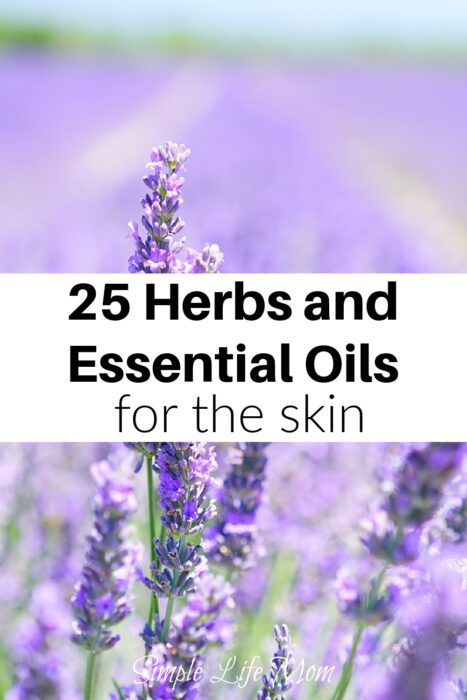
Use caution when using any herbs and essential oils for skin care. Your body could respond strongly, even if you’ve never had an allergic reaction to an herb before.
Always test herbs or essential oils on a small area like your wrist before applying to your face and the rest of your body.
I have started using a lot of these herbs and oils (you can grow a lot of these things in your garden) and I am loving the results.
Herbs For Skin Care:
To use: Make a tea using the herbs below. Allow to cool fully, then splash on face or hair.
1) Birch Leaves (Betula pendula/alba)
Birch leaves disinfect wounds and are considered to alleviate most skin complaints, including cellulite. The leaves are used externally as an astringent and antiseptic (the bark is even more effective) for inflammations of the skin and for strengthening the skin tissue.
2) Calendula (Calendula officinalis)
Nature’s gentlest healer, these golden petals hold the key to its medicinal value. Helps heal those skin imperfections we all seem to get.
I have a recipe for salve that you can find here.
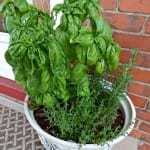
3) Chamomile (Matricaria recutita)
Soothes and moisturizes dry skin. Helps many skin problems, such as eczema. Use the flowers either fresh or dried.
Here is a great moisturizer recipe: Chamomile Body Butter
4) Chickweed (Stellaria media)
Whole above-ground plant. Best known in its use for treating itchy skin, it is also used to treat skin allergies and other skin problems.
5) Comfrey (Symphytum officinale)
Scientifically proven to promote cell regeneration. Helps keep skin youthful and beautiful. Speeds healing. Use the leaf or root. You can use comfrey in shampoo bars like there here: comfrey shampoo bars.
6) Elder Flowers (Sambucus nigra)
Softens age lines. Relieves dry, damaged skin. Use only blossoms.
7) Goldenrod (Solidago virgaurea)
Flowering plant. An Infusion can be used as a Face Wash for oily skin and is added to a bath to relieve backache. An astringent and antifungal herb, it is often used to treat slow healing wounds, insect bites. As a Gargle or Mouth Wash it can be used to relieve laryngitis, a sore throat, oral yeast and other oral inflammatory or fungal conditions. Be careful. A lot of people who are allergic to rag weed are allergic to golden rod, thus gargling could lead to some scary results.
8) Hyssop (Hyssopus officinalis)
Leaves and flowers. Hyssop contains substances which protect the skin against sunburn. Hyssop is antiperspirants and astringent, like Sage, and can be used in deodorants like these.
9) Lady’s Mantle (Alchemilla vulgaris)
Leaves and Root. Used in Skin Care products for its healing effects. It is supposed to soothe, cleanse and heal dry, sensitive skin. It reduces swellings, is good for chapped and broken skin on the hands and feet, is a good astringent for large pores and can be used in Anti-Wrinkle Creams.
10) Oatstraw (Avena sativa)
Softens skin and draws toxins and oils out of pores.
11) Orris Root Powder (Iris florentina L.)
Used for Skin, Body, and Oral Care as well as in potpourri making. Considered to have a positive effect on the moisture content and elasticity of the skin and helps the skin to detoxify. Add the powdered Orris Root to Peeling Creams and as Peeling Grains to Soaps. You can also use it as a Tooth Powder. Simply dip your toothbrush into it and brush teeth or add 10% finely ground powder to Toothpaste Recipes.
12) Peppermint (Mentha xpiperita)
Cools and refreshes the skin. Astringent. Use the leaves fresh or dried. Use peppermint sparingly, because it will make you cold in the winter.
13) Plantain (Plantago major)
Leaves. Plantain is an effective topical treatment for a number of conditions, namely: Wounds of all kinds – particularly effective at removing the itch from bites and the sting from cuts and grazes (Poultice, Ointment); Good for minor burns including mild sunburn (Compress, Oil, Ointment); Insect bites (Cream, Poultice).
13) Rosemary (Rosmarinus officinalis)
Softens skin. Use on dry and/or damaged skin. Antibacterial. Use the leaves either fresh or dried.
14) Sage Leaves (Salvia officinalis)
Sage Leaves are used for Oily, spotty skin and for wrinkled, sagging complexions. (Facial Toners, Lotions, Creams); Cleanses, stimulates blood circulation, closes pores and restores elasticity. (Facial Toners, Cleansers, Lotions, Creams).
15) Thyme (Thymus vulgaris)
Antiseptic. Combine with lavender for an astringent for acne. Use the leaves either fresh or dried.
16) Wild Pansy (Viola tricolor)
Wild Pansy is healing, cleansing and soothing and is used in Compresses, Baths, Steam Baths and in Creams and ointments for Skin Care. It is especially effective in helping to treat problem skin. When combined with Comfrey, it is supposed to reduce pores and rejuvenate the skin.
Essential Oils for Skin Care:
As mentioned above, test these oil on your wrist for allergies first. Add 1-2 drops to your skin toner or the above teas before using essential oils for skin care.
1) Rosemary Oil (Rosmarinus officinalis)
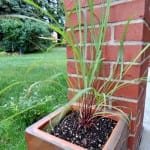
Softens skin. Use on dry and/or damaged skin. Antibacterial.
2) Sage Leaves (Salvia officinalis)
Sage Oil inhibits the action of glands like the sweat and saliva glands. This is why some people use it in deodorants.
3) Chamomile Essential Oil (Matricaria Recutita)
Extremely soothing, anti-inflammatory and antifungal. Good in sunburn home remedies.
4) Tea Tree Essential Oil (Melaleuca Alternifolia)
Distilled from the leaves of an Australian tree, tea tree essential oil has a clean, medicinal scent and a pale yellow color. It is a powerful antibacterial and antieptic essential oil. It is wonderful for spot treating. It clears up pimples in two days or less and greatly reduces their reoccurrence due to its antimicrobial and anti-inflammatory power.
5) Lemongrass Essential Oil (Cymbopogon Citratus)
Lemongrass essential oil has a very refreshing lemony aroma and yellowish-brown color. In the skin care industry, it has been added to skin cleansers and moisturizers due to its mild astringent property. Lemongrass essential oil can also help the skin eliminate wastes and toxins, therefore it is supposed to revitalize sagging, sallow skin such as that of smokers and people with repetitive stress (Add about 10 drops to bath water).
This is a great oil for acne and skin infections in general. It’s a powerful antibacterial and anti fungal agent.
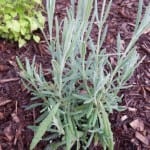
This is a great oil for acne and it also does a wonderful job with wrinkles and fine lines as well. Add this oil to your moisturizer.
This oil works wonders for wrinkles like Clary-sage (try this recipe) and is also indicated for disturbed and sensitive skin, as well as broken capillaries and can be used on either oily or dry skin. This is another one that can be added to the moisturizer.
Lavender does an excellent job at balancing oil production in the skin as well as clearing blemishes and evening skin tone. It’s indicated for all skin types and even helps to hydrate dry skin. Lavender can be used at any step in your skincare regimen. It works well in a scrub, toner, mask, or moisturizer and it’s absolutely fine to use it in all four. Five drops or less is a good amount to begin with in a tablespoon of any of these. This is also one of the oils that can be used directly on the skin without worry so there is very little issue of using too much.


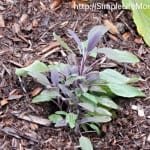

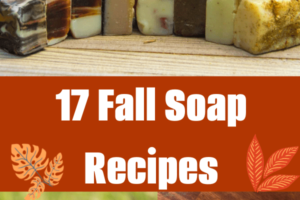
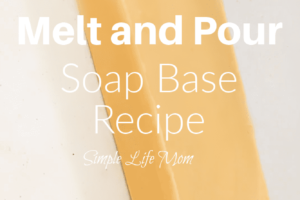
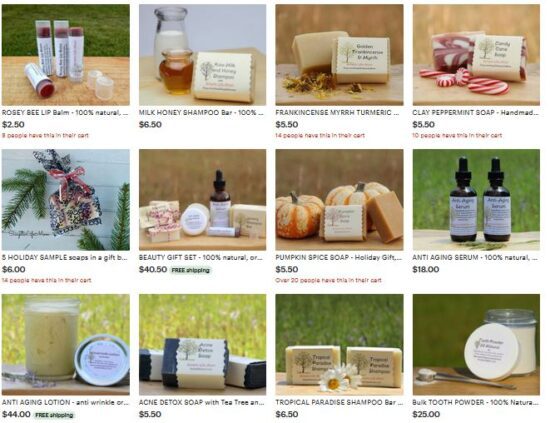
Leave a Reply
We'd love to hear your thoughts and ideas!